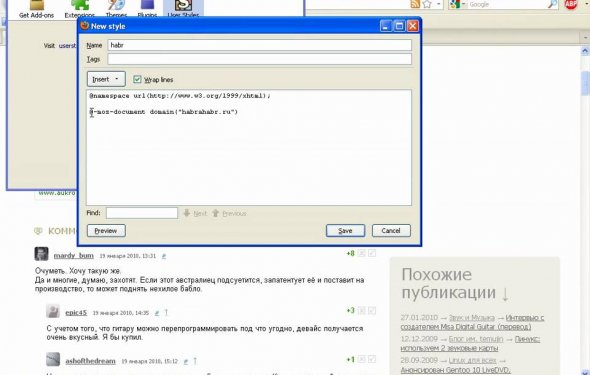How To Fight Online Advertising

Everybody wants money. It's a market axiom, and the sooner you get it, the sooner you make your life easier. Everyone tries to enrich someone else's account, and problems start where the frontal collision occurs.
Frod's problem didn't come from the vacuum. She grew up out of a very understandable need for landlords - the need to earn more. If you don't have enough traffic, or people just don't click on the banners, or they don't come in and eat anyway, you need to find a way to supply more clicks. In other words, it's a trick.
As CP has already written, the transition to a CPM work model does not solve the problem. The reporter needs efficiency, the sites need money, and the advertising network has to come between these interests.

The first thing we've done when we've started business, it's introduced a manual set-up system. No pabbling can connect to our network until the specialist personally checks the quality of his traffic. After a while, we've introduced our first algorithm to fight unfit clicks. However, he was far from perfect and defended us only against clear signs of fraud. We determined the frequency of single-user bonds, and if it was above the threshold value, the clips were not counted. The area was on the list of suspiciouss to check the moderator.
There is, however, one major problem in all this fodder struggle. The use of bad clicks in the mobile environment is much more difficult than in the " big web " . We can't trace the exact behaviour of the user, the mouse motions on the screen, the set of text on the keyboard. What's the question is, how else do you know how to find an unfit click?
The first problem that arises when using a simple algorithm of cut-off of " bad " frequencies is that it is not often possible to click but stable. The second problem is the identification of unique users.
The first step in the task was the introduction of the technology for identifying unique Fingerprinting users. We deviated from the scheme when we only define the customer by cookies (mobile sites) and User ID (for applications). Instead, the system analyses more than 20 parameters at the same time: telephone model, LO, mobile network, size of screen, type of Internet connection, etc. Comparing all these data, the system defines you as a unique user, recalls, and finds out when you're back.